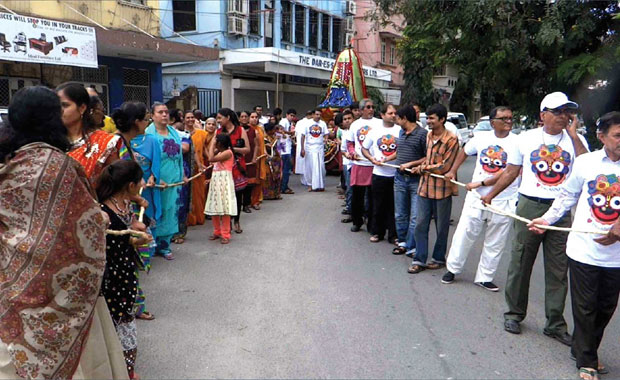Asians in Tanzania: Saboteurs or Saviors?
In its heyday, Tanzania had more than 150,000 Asians but their numbers dwindled due to mass emigration. In 1994 there were 50,000 in the Tanzania mainland and 4,000 in Zanzibar. Today, Tanzania has around 40,000 Asians
Indian traders visited the spice island of Zanzibar, now part of Tanzania, as far back as 1st Century BC. In the 1890s, they migrated to East Africa, sailing in dhows, establishing themselves as a very hardworking, honest, religious and skilled community of traders. Zanzibar’s most famous visitor was Mahatma Gandhi, who stayed on the island en-route from South Africa, and for a long time, the Rupee was Zanzibar’s currency. The British originally brought Indians to East Africa to build railroads between Mombasa, Kenya and Kampala, Uganda. A majority returned home on completion of the railway while thousands settled in Kenya. They moved to the neighboring Tanganyika Territory in search of opportunities and set up Dukas (shops in Swahili) and were known as ‘Dukawallas’. While discriminating against the indigenous Africans, British colonialists allowed Asians to establish a specific caste tier system, their own education system, temples and social centres.
When Tanganyika became independent on 9 December 1961 Asians with British Protectorate passports were given a choice of acquiring Tanzanian nationality. The majority became citizens while those who declined went to India or to the UK. For decades Indians successfully built a commercial base throughout Tanzania giving them top positions on the national economic map for their business acumen.
Although the Indian diaspora has been an integral part of Tanzania for decades, social problems have persisted. They live in their own communities separated from the local society, triggering resentment and mistrust among indigenous Tanzanians. In its heyday, Tanzania had more than 150,000 Asians but their numbers dwindled due to mass emigration. In 1994 there were 50,000 in Tanzania mainland and 4,000 in Zanzibar. Today, Tanzania has around 40,000 comprising communities ranging from Hindus, Sunni Muslims, Shia Ithnasheris, Bohras, Sikhs, Jains, Christians and Zoroastrians making an intriguing diversity in this nation of 44.6 million. Though Indians represent less than 0.2% of Tanzania’s population, they control 75% of the business. Energetic and utterly business-oriented, with a huge network of contacts, their contribution to Tanzania’s development is unparalleled, making them the most admired and rich people of the African sub-continent.











Comments.